I passed by a booth at the leather market, and I noticed witches' hats. Yes, the kind with the peak. I heard a woman cackling. No, I am not making the above up, and I am not recounting a surrealistic dream.
And this booth was also selling a particularly hot item at the mart, a leather crown (for Baby Boomers like me, it resembles the head gear of the character Jughead in the Archie comics).
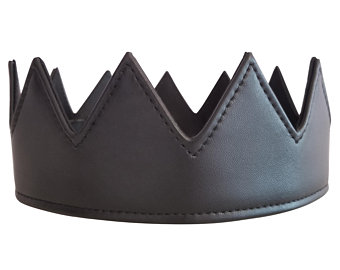
To be honest, I've noticed changes in the types of items sold at the market over the years, but this one was certainly, let's just say, interesting. The leather market is no longer solely a gay male space, or for that matter, a “traditional” gay cis leatherman space, with guys wearing the iconic Village People gay macho gear.
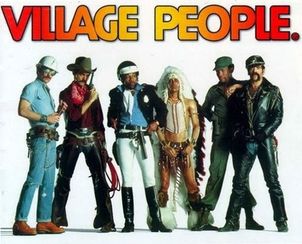
Through the years, as a diversity of genders have competed in various contests, the overall inventory of the mart and those who attend it has changed to reflect a more fluid, self-defining identification with and practice of kink.
Thus, the witches' hats could reflect, however superficially, a Wiccan influence, and many gay leathermen have rejected traditional monotheistic religions in favor of other forms of spirituality, often veering toward transmutations of beliefs and rituals prominent globally before Christian domination and colonization. In fact, the polyamorous life of many leatherfolk meshes well with a fluid polytheism.
Other kink/fantasy trends that have integrated themselves into International Mr. Leather include costume play. Think Renaissance fair, think Lord of the Rings, think Game of Thrones. Opera masks, capes, pirate boots with the cuff.
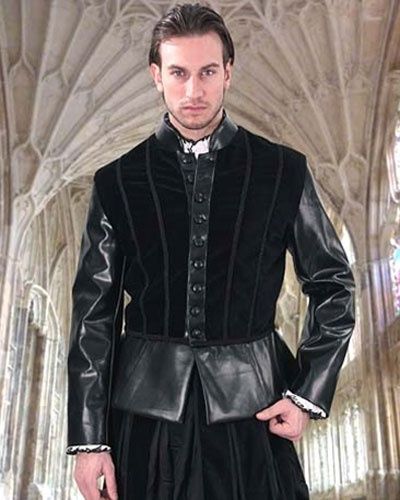
I also noticed a couple of furries, though the fox had to take off the head (the mart tends to become hot and claustrophobic).
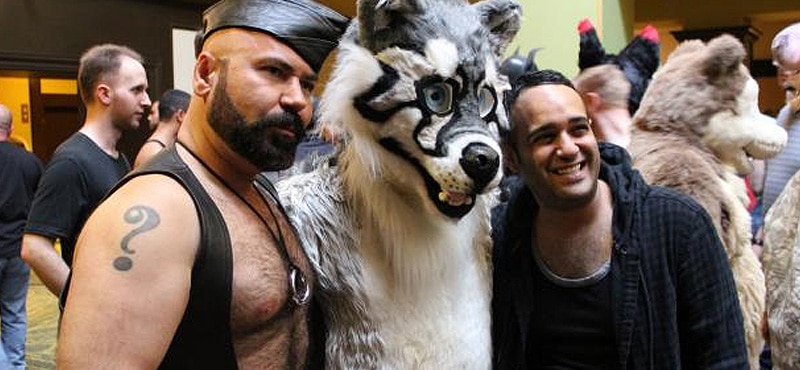
And, surprisingly, because I had thought it was not trending, steampunk fashion. I noticed a couple of guys with this gear attached to their hats.
One of the events this year was a discussion of the superhero fetish; this event makes sense, as the culture is replete with multiple constructions, reconstructions, and deconstructions in this genre. The line to get into Avengers: Endgame merges with the line to get into the mart.
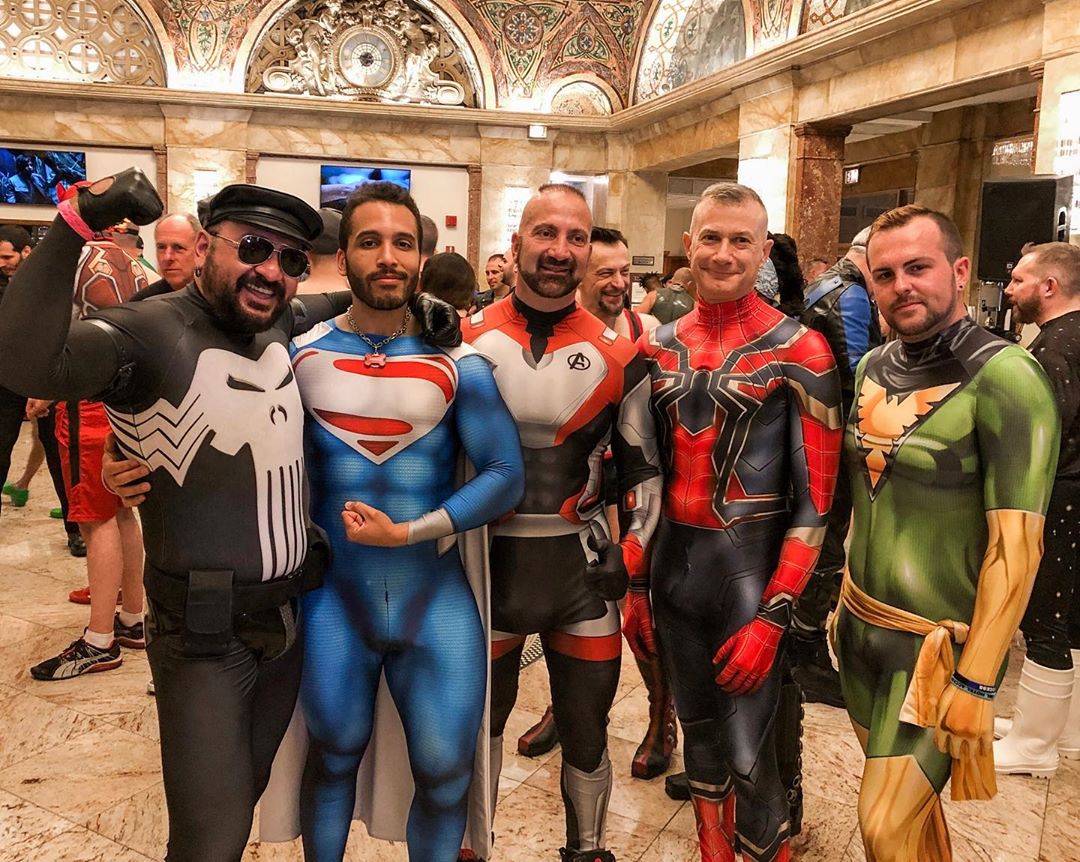
Even the conventional leather gear is taking on the colors of the rainbow. No longer black and red leather shirts: I noticed bright yellow and a green that somewhat resembles a lawn turf.
Uniforms composed of cloth are now composed of leather. I noticed a boy scout uniform produced completely in leather, and a couple of leather football shirts. Leather for those who can afford it or who want to combine looks and textures, while the cloth will fulfill the fetish/fantasy on its own terms.
Overall, dizzying! A traditional Old Guard type might lament the diffusiveness and lack of authenticity he sees in these fashions, while a millennial might rejoice that she can find something that fits her sensibility and budget. Leather gear has always been expensive. In fact, I noticed substantive price increases all around), and I am not trying to perpetuate the broke millennial stereotype, but the traditional leather scene has tended to attract older, established guys who possess the time and money to be kinky.
But who can really determine not just how to appear non-normative, but be non-normative? The leather kink world thrives on the tensions between hierarchy/freedom, appearance/reality, norm/taboo.
Perhaps the kaleidoscope of colors and textures shows this tension as the scene embraces generations who assume sexuality develops on a spectrum, and for whom reality shifts at a dizzying pace between a cyberspace primarily visual and private: pics, gifs and memes, and the physical, public space of the mart invaded by all the senses: the smell of leather and sweat, the sound of boots, the touch of meaty hands and moist tongues.



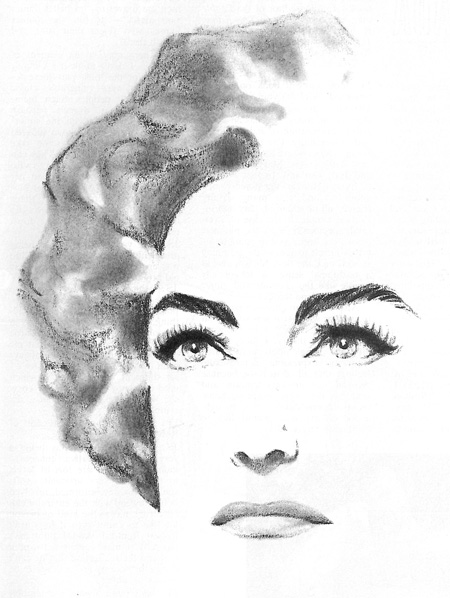

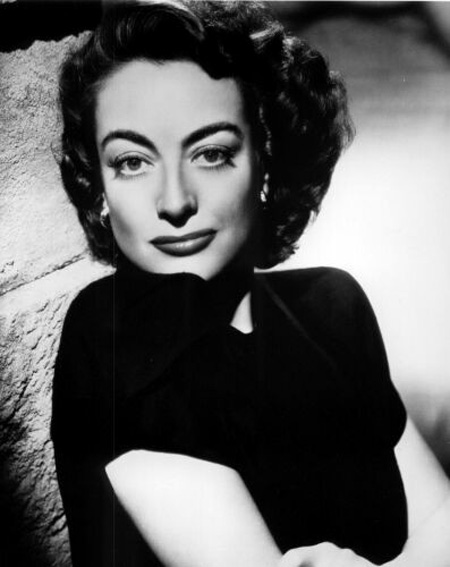
 Join our Email List
Join our Email List Like Us on Facebook
Like Us on Facebook Instagram
Instagram Youtube
Youtube Follow Us on Twitter
Follow Us on Twitter Follow us on Pinterest
Follow us on Pinterest